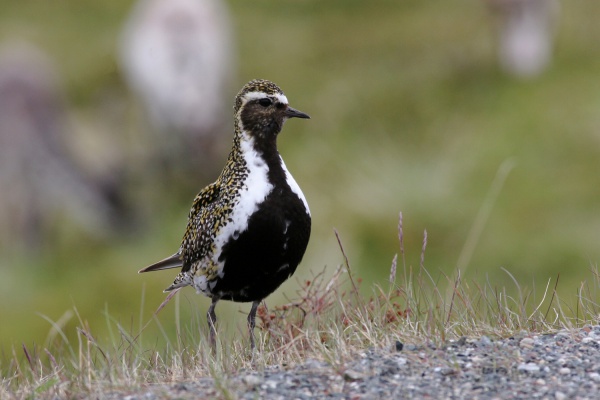Facts About European golden plover
The European golden plover, also known as the Eurasian golden plover or simply the golden plover in Europe, is a fascinating bird species. While it shares some similarities with the American and Pacific golden plovers, it is larger and possesses distinct physical features. Its scientific name, "Pluvialis apricaria" has intriguing origins: "Pluvialis" is Latin for "relating to rain" and "apricaria" means "to bask in the sun."
This bird is quite hardy and easily identifiable by a unique white "S"-shaped band on its body. During the breeding season, European golden plovers inhabit the Arctic tundra and other parts of the Palearctic region. As winter approaches, they migrate to open spaces, agricultural fields, and meadows across Europe and North Africa.
In the UK, the chicks primarily feed on Tipulidae insects, while in Sweden, they prefer Bibionidae insects. The European golden plover's call is a simple, slightly descending "tuu" and they are known for their swift and powerful flight.
Significantly, this species is protected under the Agreement on the Conservation of African-Eurasian Migratory Waterbirds (AEWA), ensuring their continued survival and well-being.

 Germany
Germany